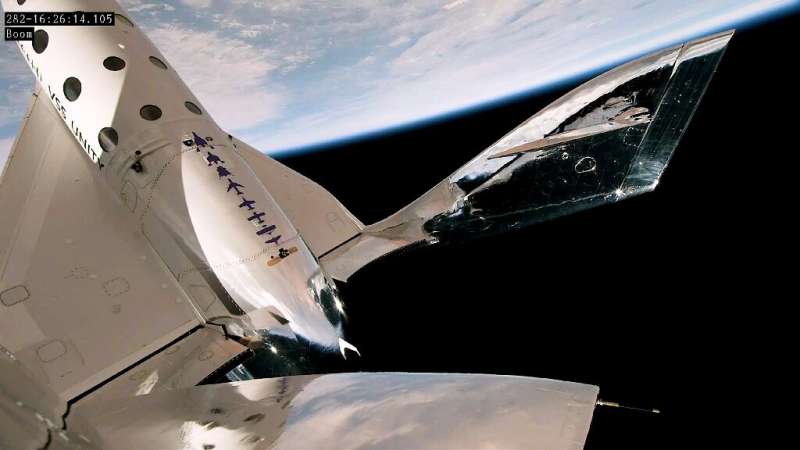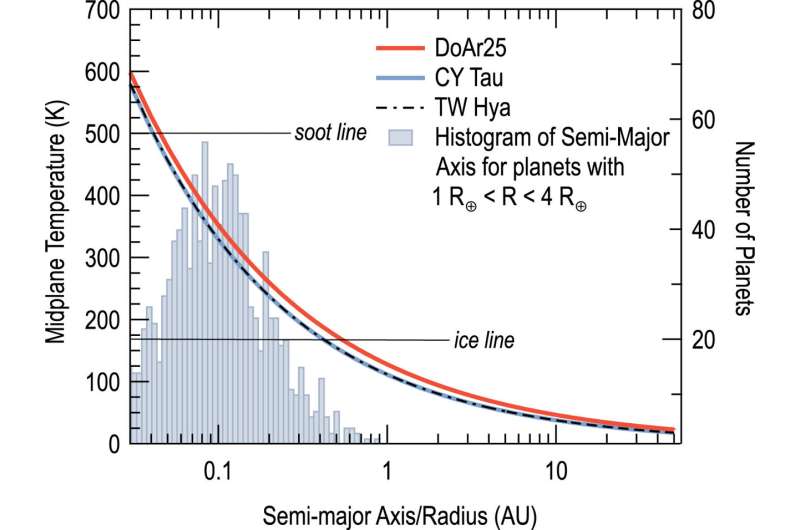Mainland, Macao put 2 satellites into orbit
Friday, 26 May 2023 09:56 China launched two science satellites on Sunday afternoon jointly developed by scientists from the mainland and Macao, according to the China National Space Administration.
The Macao Science Satellite 1A and 1B were carried by a Long March 2C carrier rocket that lifted off at 4 pm from the Jiuquan Satellite Launch Center in northwestern China's Gobi Desert.
The launch marks the 474th
China launched two science satellites on Sunday afternoon jointly developed by scientists from the mainland and Macao, according to the China National Space Administration.
The Macao Science Satellite 1A and 1B were carried by a Long March 2C carrier rocket that lifted off at 4 pm from the Jiuquan Satellite Launch Center in northwestern China's Gobi Desert.
The launch marks the 474th Powerful Arab League communications satellite ready for night launch
Friday, 26 May 2023 09:56 A powerful communication relay satellite for the 21-member Arab League is scheduled for launch Tuesday from Cape Canaveral Space Force Station in Florida. weather permitting.
SpaceX plans to carry ARABSAT BADR-8 satellite into a geosynchronous transfer orbit aboard a Falcon 9 rocket from Launch Complex 40, with a 127-minute window that opens at 11:25 p.m. EDT.
However, forecasters ha
A powerful communication relay satellite for the 21-member Arab League is scheduled for launch Tuesday from Cape Canaveral Space Force Station in Florida. weather permitting.
SpaceX plans to carry ARABSAT BADR-8 satellite into a geosynchronous transfer orbit aboard a Falcon 9 rocket from Launch Complex 40, with a 127-minute window that opens at 11:25 p.m. EDT.
However, forecasters ha NASA funds small business to advance tech for Space, Earth
Friday, 26 May 2023 09:56 A new slate of funding from NASA will help small businesses develop technologies to advance space exploration, climate research, and more. In mid-April, NASA selected 112 proposals from 92 U.S. small businesses across 28 states to receive Phase II funding from the Small Business Innovation Research (SBIR) program, totaling approximately $98 million.
This program provides early-stage fundin
A new slate of funding from NASA will help small businesses develop technologies to advance space exploration, climate research, and more. In mid-April, NASA selected 112 proposals from 92 U.S. small businesses across 28 states to receive Phase II funding from the Small Business Innovation Research (SBIR) program, totaling approximately $98 million.
This program provides early-stage fundin Electron launches second pair of NASA TROPICS cubesats
Friday, 26 May 2023 09:51
A Rocket Lab Electron rocket launched a second pair of NASA storm-tracking cubesats late May 25, six years and three dozen flights after the company’s first orbital launch attempt.
Earth from Space: São Paulo, Brazil
Friday, 26 May 2023 07:00 Image:
This radar image from Copernicus Sentinel-1 shows the city of São Paulo and part of the homonymous state in southeast Brazil.
Image:
This radar image from Copernicus Sentinel-1 shows the city of São Paulo and part of the homonymous state in southeast Brazil. NASA safety panel skeptical of Starliner readiness for crewed flight
Friday, 26 May 2023 00:03
The chair of a NASA safety panel urged the agency not to rush into a crewed test flight of Boeing’s CST-100 Starliner vehicle, calling for an independent “deep look” at technical issues with the spacecraft.
Orbit Fab selects Impulse Space’s orbital vehicle for in-space refueling demo
Thursday, 25 May 2023 20:19
Orbit Fab announced May 25 it selected an orbital vehicle made by startup Impulse Space to host a fuel depot for an in-orbit refueling demonstration funded by the U.S.
Kleos enters partnership with General Atomics
Thursday, 25 May 2023 20:06
Kleos Space announced a partnership with General Atomics Commonwealth Computer Research aimed at making it easier for analysts around the world to derive insights from Kleos’ radio frequency data.
Northrop Grumman wins $45 million Space Force contract to launch small weather satellite
Thursday, 25 May 2023 19:38
Northrop Grumman won a $45.5 million contract to launch a small weather satellite in 2025, the U.S.
Virgin Galactic resumes spaceflights after two year pause
Thursday, 25 May 2023 16:49
Virgin Galactic successfully carried out its first spaceflight in nearly two years Thursday, the company said, after an "enhancement period" to make safety upgrades to its fleet.
It was the fifth time the space tourism company brushed the boundary of space, and has been billed as the final test before commercial operations can begin in late June, with members of the Italian Air Force as the first paying customers.
"Touchdown, VSS Unity!" the company tweeted, referring to the name of the company's spaceplane. "Our crew and spaceship are back on Earth after landing smoothly at Spaceport America, New Mexico."
The mission "was a fantastic achievement for everyone at Virgin Galactic," added CEO Michael Colglazier, in a statement.
The Unity 25 mission flew four of the company employees to an altitude of just over 54 miles (87 kilometers) above sea level.
Virgin Galactic makes first suborbital spaceflight in nearly two years
Thursday, 25 May 2023 15:49
Virgin Galactic’s SpaceShipTwo suborbital vehicle flew to space for the first time in nearly two years May 25 on what the company projected to be the vehicle’s final test flight before commencing commercial operations.
The soot line: A new way to expand the search for habitable planets
Thursday, 25 May 2023 15:29
Viasat’s Inmarsat acquisition clears all regulatory hurdles
Thursday, 25 May 2023 13:56
Viasat has secured all regulatory clearances needed to buy British satellite operator Inmarsat after getting unconditional approval from the European Commission May 25.
South Korea’s KSLV-2 rocket launches seven satellites, one unaccounted for
Thursday, 25 May 2023 13:14
South Korea’s KSLV-2 rocket put seven satellites, including one equipped with synthetic aperture radar, into sun-synchronous orbit May 25, although an eighth cubesat is believed to have not deployed properly.
South Korea launches homegrown rocket after delay
Thursday, 25 May 2023 10:33 South Korea launched its homegrown Nuri rocket on Thursday, officials said, a day after it was forced to postpone due to a technical glitch just hours before lift-off.
It marks the third launch of the Nuri, which successfully put test satellites into orbit last year after a failed 2021 attempt saw the rocket's third-stage engine burn out too early.
Wednesday's launch was called off over
South Korea launched its homegrown Nuri rocket on Thursday, officials said, a day after it was forced to postpone due to a technical glitch just hours before lift-off.
It marks the third launch of the Nuri, which successfully put test satellites into orbit last year after a failed 2021 attempt saw the rocket's third-stage engine burn out too early.
Wednesday's launch was called off over 
